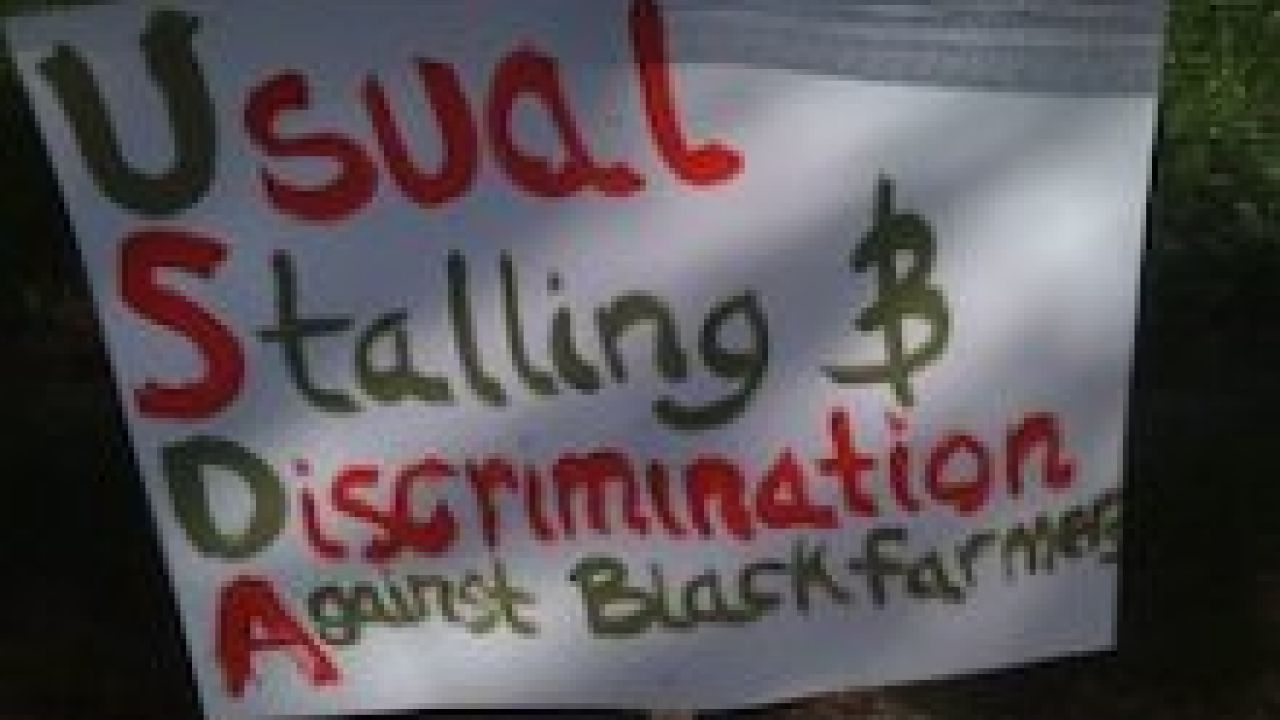
Every American should be angry over the false claims being made against a fund designed to help black farmers who were the victims of long-standing discrimination by the U.S. Department of Agriculture, which were reported last week by The New York Times.
But the Times story, if accurate, shouldn’t distract the public from focusing on long-ingrained patterns at USDA that are even more egregious.
For many years, USDA systematically favored white farmers by denying or delaying loans to black farmers. As a result, the number of black farmers fell from a peak of nearly 1 million in 1910 to about 30,000 today.
As a 1994 report commissioned by USDA itself said, “Minorities received less than their fair share of USDA money for crop payments, disaster payments, and loans.”
The 1994 review found that the largest 1 percent of USDA loans went to corporations and white male farmers. Loans to black male farmers were, on average, 25 percent less than those given to white males. And 97 percent of disaster payments went to white farmers – while less than 1 percent went to black farmers.
Though a landmark civil rights settlement was reached, an investigation 10 years later by EWG and the National Black Farmers Association (NFBA) showed that USDA then made matters worse by withholding roughly three our of every four dollars intended to quickly compensate farmers for decades of unequal treatment. Following the settlement, the 2004 report showed, USDA treated black farmers as adversaries.
The agency also destroyed most of the records of its discriminatory practices, grievously complicating efforts to document how it systematically favored white farmers over their black neighbors. That lack of documentation contributed to the alleged fraud reported by the Times.
But the equally disturbing story the Times did not cover is the extent to which current subsidies continue to reinforce USDA’s long legacy of discrimination. As EWG and NFBA documented in 2007, black farmers still receive a fraction of subsidies that other farmers receive, such as direct and counter-cyclical payments. This “subsidy gap” widened over the past decade as federal crop insurance programs expanded. Because crop insurance subsidies are tied to the value of a farmer’s crop, the largest premium subsidies flow to the farmers with the most valuable crops.
There are no limits on who can receive crop insurance subsidies or the amount they can collect, and more than 10,000 policyholders received more than $100,000 each in premium support in 2011. Twenty-six of them received more than $1 million each.
According to USDA’s 2007 census (the most recent available), only a handful of black farmers – fewer than 2,000 – had crops that sold for more than $50,000. About one-third of black-owned farms had less than $1,000 in sales. By contrast, nearly 500,000 white-owned farms grew crops that sold for more than $50,000.
We don’t know whether all of the policyholders who collected more $1 million in crop insurance premium support in 2011 are white males, but it’s a safe bet that most of them are.
Why don’t we know?
Because the same Congressional committees that looked the other way during decades of discrimination have prohibited USDA from telling us.
Reasonable limits on who can receive crop insurance premium support and the amount policyholders can receive would help level the playing field between the largest and most successful farm businesses and family farmers struggling to overcome a long a legacy of discrimination. Greater transparency would help us know whether this discrimination is being perpetuated.
As a U.S. senator, President Obama was a prominent champion for reversing decades of discrimination against black farmers. Will he now support reforms that ensure that black farmers can compete on a level playing field?


